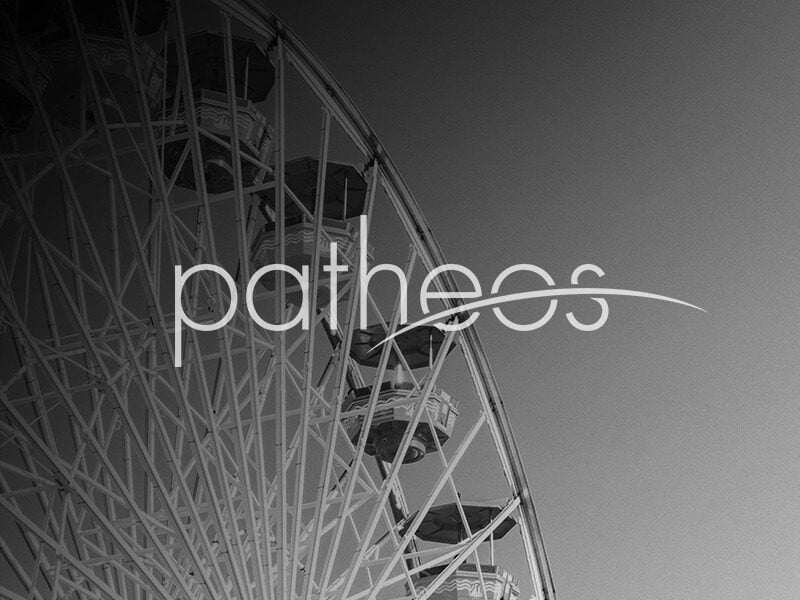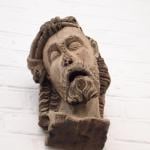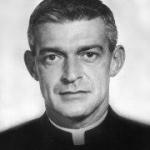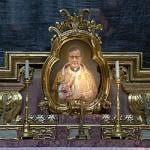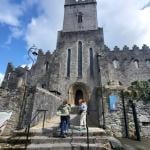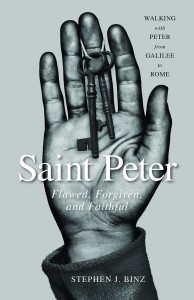
One of this book’s subtitles is “Walking with Peter from Galilee to Rome.”
It’s the perfect description of this book. When I’ve read about Peter in scripture I usually tend to relate it to myself. Am I acting like Peter or not? What lessons could I learn from his life? I’ve never stopped to ask myself what Peter himself experienced every step of the way with Jesus. Or to wonder what he learned as he went on “alone” after the Ascension.
Stephen J. Binz turns the spotlight on Peter so that we remember he was a real person, in unimaginable circumstances, traveling and learning from the Son of God, and then carrying on the ministry after Jesus’s ascension. I’ll certainly never think of Peter the same way now that Stephan Binz’s book made him and his journey come alive.
Like Capernaum, Bethsaida was a fishing village, and possibly a center for drying and salting fish to export. But unlike Capernaum, Bethsaida was a town in which Jews lived together with Gentiles.
This interesting detail of Peter’s background means that he would have associated freely with Greek-speaking Gentiles throughout his early life. It should also be noted that fishing was a profitable business in first-century Galilee, especially for those who owned boats and could hire help. These details indicate that Peter was not necessarily the poor, illiterate Jewish fisherman he is often made out to be. It is more likely that Peter was a middle-class entrepreneur. He certainly spoke Aramaic, probably read Hebrew, and quite possiblty also spoke and read Greek, the language of trade and commerce at the time.
Binz has us step back from the familiar interpretations of the scripture we often know so well that we have forgotten to think about it. He gives us new ways to understand what it meant to the people who wrote it, read it, and, most importantly, lived it. For example, speaking of Peter witnessing Jesus’ transfiguration, Binz points out:
Peter, who was unable to conceive of Jesus’ suffering and being put to death, is enlightened and uplifted through this vision of Jesus’ transfigured glory. Yet Peter has to learn that the moment of glory was not given to him for its own sake; it is to help him seek the presence and the will of God in all things. The vision on the mountain will helps him realize that his own walking the way of the cross can be filled with radiance. …
Weaving together pilgrimage experiences, spiritual reflections, and indepth knowledge of the Bible, Binz made me feel that I really have a personal knowledge, a connection, with Peter the man. He skillfully links this material with what Peter means for Catholics as the first pope and first leader of the Church.
I also especially enjoyed the way Binz would feature actual Holy Land descriptions in his explanations. It made me “feel” the place where these events took place and sometimes that too was important in understanding Peter and his journey.
I’ve been a long time fan of Stephen Binz’s books about lectio divina and bible study, but this one is different. It is far and away my favorite. “Take up and read,” as a mysterious voice told St. Augustine. This is a book that will enrich your life.




